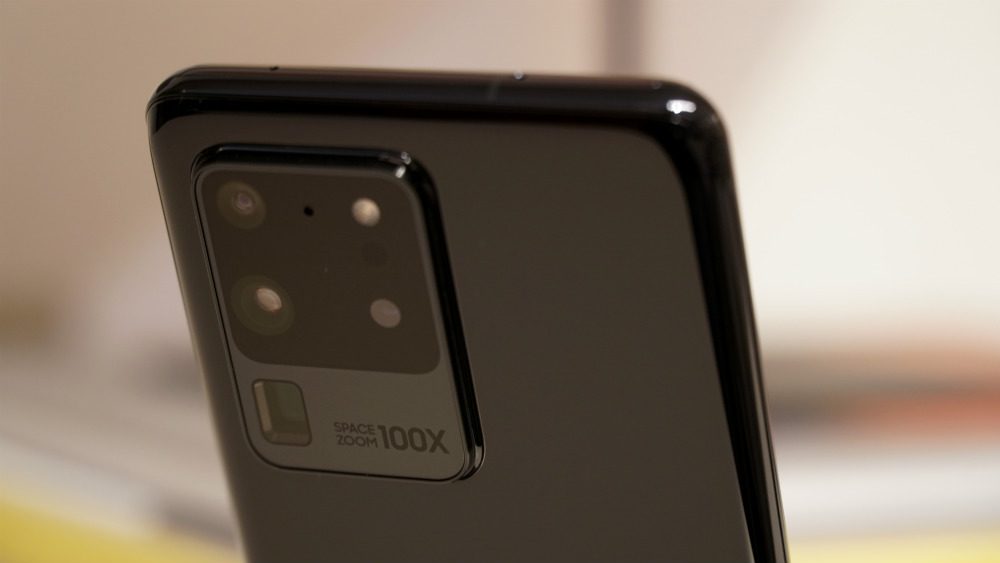SUMMARY
This is AI generated summarization, which may have errors. For context, always refer to the full article.

SAN FRANCISCO, USA – If there’s anyone that has benefited from Huawei being shackled, it has to be Samsung.
The Chinese giant was on track to overtake the longtime global phone market leader – having already surpassed Apple – before US sanctions hit over alleged spying fears. Huawei lost access to Google services and apps, making their phones quite the tough sell for many.
It gave Samsung some breathing room, and Apple as well, although Huawei continues to come out with phones with fairly exciting tricks and technologies. Samsung and Apple tend to appear more conservative next to Huawei, opting instead to come out with technologies that you may have already seen elsewhere, only with a little more polish.
With the S20 phones, Samsung appears to be showing a little more boldness. It’s looking like it will become the first phone to market that will be able to record 8K videos; to have 16GB of RAM; and to carry the Qualcomm Snapdragon 865 chipset (or the Samsung Exynos 990 in the Philippines). It’s got some numbers to flex.
But the most important alphanumerical figure here is this: 5G. The S20 family is the first from Samsung to offer 5G across the range…at least in the US. 4G-only versions will be released in certain markets, perhaps as consideration for each country’s current 5G penetration status.
As far as the US models are concerned, every model get 5G-readiness. The S20 is the first phone that can simultaneously accommodate the two kinds of 5G available: sub-6Ghz and mmWave. The 5G phones from last year such as the Galaxy S10 5G was only compatible with mmWave while the Huawei Mate 30 Pro 5G was only sub-6GHz capable.
A quick explanation: mmWave can access faster speeds than sub-6GHz but has a shorter reach and has less signal penetration.
With 5G still establishing its footing even in the US, it’s not clear just when this dual compatibility will truly be of benefit to you. But at the very least, if this whole 5G thing actually does take off, it’ll good to know that your phone is properly equipped.
And hey, it’s something to brag about to Huawei and Apple, isn’t it? “Hey guys, check it out, we were first.” Huawei does have its own flagship to launch this same quarter though. And as for Apple, knowing them, they’re probably not going to start thinking of putting in 5G – albeit a crazy-great implementation, until 2028.
A thing to note: Both the Exynos 990 and Snapdragon 865 do not have integrated modems. They need to be paired with either an Exynos Modem 5123 or a Snapdragon X55 modem. With an extra chip inside the phones, one wonders what the effect will be on battery life and heat management, although the Ultra does have the biggest battery seen on their flagship at 5,000 mAh.
In the Philippines, Huawei beat Samsung to the punch with the February launch of the Huawei Mate 30 Pro 5G. Unlike the US variants, only the Ultra will be 5G-ready in the Philippines. And at launch, the phone’s 5G connectivity in the Philippines will not be enabled, and perhaps will be activated via an update in the future. It’s unclear currently whether the base S20 and the S20 Plus in the Philippines also come with a Modem 5123, which does have 4G connectivity. If it does, could this mean that the 5G-readiness of the cheaper models is also just locked somewhere in there and could be activated too?
Apart from enhanced 5G capabilities, the S20 family has other bright features too: a 100x zoom in the Ultra that uses a familiar periscope design we’ve seen in other phones; a 120Hz screen refresh rate, across the range, or smoother animation, double the current industry standard of 60Hz, and as first seen on late 2019’s ASUS ROG Phone 2; a high 240Hz touch refresh rate, also for smoother interfacing; and a 108MP binned high-resolution mode for clearer lowlight images.
New software includes a “Single Take” feature, where you take a quick video that’s processed into several photos highlighting key moments and using different image filters, and Boomerang-like clips. Another is a “Quick Share” feature that works similar to Apple’s AirDrop.
Samsung didn’t slack on the features but it’s the 5G-readiness, where available, that’s truly the tip of the spear here. – Rappler.com
Add a comment
How does this make you feel?
There are no comments yet. Add your comment to start the conversation.